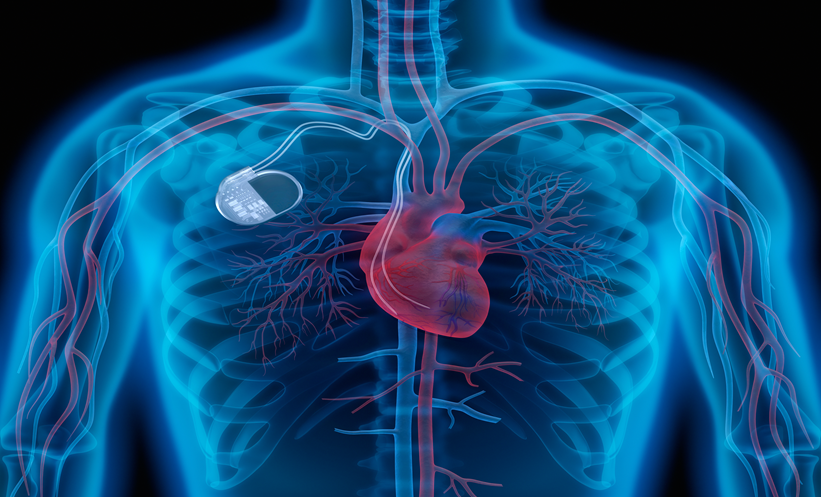The everolimus-eluting bioresorbable stent (BRS) Absorb BVS® (Abbott Vascular, Chicago, Illinois, USA), which is still considered the most widely implanted BRS worldwide, was introduced initially as a novel interventional coronary device designed to perform the functions of a metallic drug-eluting stent (DES) and resorb over a period of 2–3 years, leaving no nidus for late ischaemic or thrombotic events. While initial results from the first in-human studies involving relatively simple lesions were favourable,1,2 cautionary findings have since emerged in later studies showing an increased risk of target vessel myocardial infarction and device thrombosis compared to the everolimus-eluting DES (Xience®, Abbott Vascular).3,4 Since long-term data after full resorption (>3 years) for the Absorb BVS are only available from studies with carefully selected patients, long-term results of the Absorb BVS implanted in the routine clinical setting are still required to provide further insights into the performance of this device in a real-world situation.
The mid-term outcomes of the device implanted in a real-world population have been described in the BVS EXPAND registry.5 BVS EXPAND is an investigator-initiated, prospective, single-centre, single-arm study performed in an experienced tertiary percutaneous coronary intervention centre. Patients presenting with non-ST-segment elevation myocardial infarction (NSTEMI), stable or unstable angina, or silent ischaemia caused by a de novo stenotic lesion in a native previously untreated coronary artery with intention to treat using a bioresorbable vascular stent were included. Patients with complex lesions, such as bifurcation, calcified (as assessed by angiography), long, and thrombotic, were also included. The exclusion criteria were a history of coronary bypass grafting, presentation with cardiogenic shock, bifurcation lesions requiring kissing balloon post-dilation, ST-segment elevation myocardial infarction (STEMI), allergy or contraindications to antiplatelet therapy, an expected survival of <1 year, and fertile female patients not taking adequate contraceptives or currently breastfeeding. As per hospital policy, patients with a previously implanted metal DES in the intended target vessel were also excluded. In additon, although old age was not an exclusion criterion, in general BVS were reserved for younger patients, and implantation was dependent on the operator’s interpretation of biological age.
A total of 249 patients with 335 lesions treated with 445 scaffolds were studied and the mean age of patients was 61.3 years. The lesions treated were long (22.1±13.9 mm) and complex (bifurcation lesion was present in 21.3% of patients). The clinical device and procedural successes were 97.3% and 96.8%, respectively, and at 18 months, overall death and myocardial infarction rates were 1.3% and 3.4%, respectively. Target lesion revascularisation (TLR) at 18 months was performed in 3.4% of patients and the rate of nontarget vessel revascularisation at 18 months was 3.7%. The rate of overall scaffold thrombosis (ST) at 18 months was 1.7%, with a definite ST rate of 1.9%. Over 50% of patients had a minimum follow-up of 4 years, with a median follow-up of 1,458 days. At 60 months, overall Kaplan–Meier estimates for death and myocardial infarction were 4.9% and 7.4%, respectively. TLR at 60 months was performed in 7.8% of patients and the rate of nontarget vessel revascularisation at 60 months was 7.4%. Kaplan–Meier estimates for definite or probable ST were 2.1% at 60 months, with the rate of definite ST remaining constant at 1.3% at 60 months.
In this study, the authors observed a low TLR and ST rate for the Absorb BVS beyond 36 months. This supports the concept of the BRS and merits the development of a next-generation BRS with improved device characteristics to reduce early device-related events. In conclusion, after early device-related events, very late TLR and ST were observed in the first 5-year prospective registry of the everolimus-eluting BRS in clinical practice. Therefore, low event rates after full BRS resorption are feasible; however, longer-term follow-up is still required to assess the long-term results and benefits of BRS.








